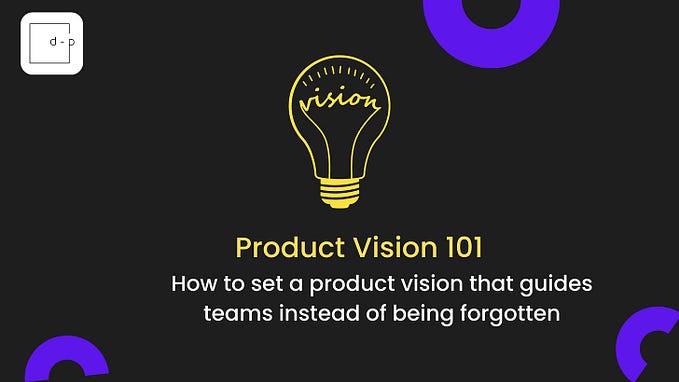Using David Skok’s Test For Measuring Your Product/Market Fit

David Skok, a five-time serial entrepreneur, and venture capitalist, has developed a great test to help product teams to see if they are close to their product/market fit. This test is particularly helpful for SaaS businesses as the calculation process is pretty straightforward in their scenario. However, with some adjustments, it can apply to other cases as well. Before I jump to an actual discussion of this technique, it is worth understanding how two important operational metrics — customer acquisition cost and customer lifetime value are connected to each other.
Customer acquisition cost (CAC) is the cost of getting a customer to purchase a product or service. The metric is calculated by taking the full scope of acquisition expenses and dividing it by the number of customers acquired. Note that the full scope of acquisition expenses includes literally any type of cost for defining, designing, delivering the product or service, as well as the costs for marketing, sales, support, incentives, partnerships, etc. To understand this better, let’s illustrate the following scenario. Assume you are a subscription-based product company that provides streaming services to its customers. Suppose you have spent $300,000 on building your business and have acquired 2,500 paid customers so far. This says that the monetary value of each customer — the CAC is $120.
The customer lifetime value (CLV) is the average revenue you can expect from a customer during their entire time they remain your client. To get this value right, you first need to figure out the customer lifetime — how long on average a customer stays on your product. Customer relationship management (CRM) tools are well-suited for that purpose. Otherwise, you can always utilize your internal built-in analytics. Next, you need to measure how much revenue on average a customer brings in a certain unit of time. It is mostly calculated on a monthly basis. The multiplication of these two numbers gives you the CLV. Now, taking the same example of the streaming product, assume that your company receives a monthly recurring revenue (MRR) of $20 per customer, and an average customer stays on the product for 18 months. This makes the CLV $360.

After analyzing these two examples, you can see that it’s clear that CLV should be greater than CAC. The important correlation between these two operational metrics is the ratio of CLV and CAC. If CLV:CAC = 1, it means that a customer ends up paying you back exactly what you paid to acquire them, leaving absolutely no room for profit. If CLV:CAC < 1, it means that the company has issues with their business model as they are paying more for getting a customer than they are actually worth. According to David Skok, the ideal ratio is 3:1. Once the company is getting near that ratio, it’s an indication that they close to their product/market fit. According to Skok, many high growth companies, such as Salesforce.com, ConstantContact, even managed to get that ratio to 5:1.

Another important component of the test is the time to recover period. According to Skok, recovering your CAC under 12 months is very important for your cash flow. Keeping a short time to recover period will enable you to rapidly scale your business model. Otherwise, the company will require a lot more additional funding to grow. That is why companies prefer prepaid annual plans and even give some discounts to incentivize customers to choose the annual plan. In that scenario, it’s like a customer granting you money with a 0% interest rate, helping the company to recover and grow faster.
If you want a sustainable and scalable business model (which I am sure you do), you need to have a consistent flow of new customers who are eager to repeatedly pay. Customer lifetime value and customer acquisition cost are directly linked to the profits you get. As a product manager, you can measure what should be the different levels of profitability for your business, hence getting insights about what should be your minimum customer lifetime value and maximum customer acquisition cost for your company to succeed.
If you enjoyed this article, please hit that clap button to help others find it.
Rafayel Mkrtchyan is a product management consultant who helps companies improve their product discovery and delivery processes. He teaches teams how to set up a winning product strategy, run customer and product development processes, as well as robust their lean, agile, and design thinking skills. Contact him via contact@productguy.io.
Follow him: Medium | Twitter | LinkedIn









